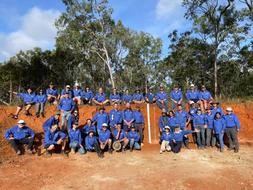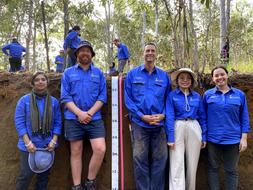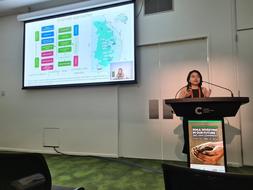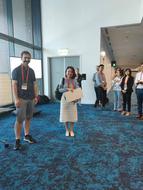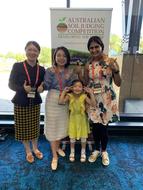Quantifying wheat yield losses due to soil sodicity under different climate conditions in north-eastern Australia

Abstract
Sodicity is a major edaphic constraint to cereal production in north-eastern Australia. Quantifying its impact on yield remains difficult due to the interactions of climate, management, disease and other soil properties. We quantified the long-term average forfeited wheat yield due to sodicity in the grain-growing region of north-eastern Australia at within-field scale during 2000 to 2016, and the forfeited yields under wet, moderate and dry climate conditions using two empirical approaches and compared the results with forfeited yield estimation based on a mechanistic crop model, the Agricultural Production Systems sIMulator (APSIM). The two empirical approaches differed in the way they dealt with the spatial misalignment of soil and yield data. Empirical approach 1 was based on yields predicted using Landsat-derived NDVI, which were then used to model effects of sodicity at sparse soil-sampling locations, then interpolated the forfeited yield over the study region, while empirical approach 2 combined on-farm yield-monitored data and our mapped soil ESP with other environmental covariates to model the effects of sodicity on yield, then used the mapped ESP and environmental covariates to predict forfeited yield across the study region. Empirical approach 1 and the APSIM approach produced comparable forfeited yield patterns across scenarios, predicting largest forfeited yield in wet conditions, followed by dry conditions, with smallest forfeited yields in moderate years, though APSIM estimated a slightly larger magnitude of forfeited yield. However, empirical approach 2 produced the opposite yield penalty patterns for sodicity, with the largest forfeited yield in dry years. The mismatch in forfeited yield patterns produced by different approaches reflected the uncertainty in data used in present study. We believe that future improvements in the accuracy of predicting yield penalties by soil constraints, and of better quantification of uncertainties around such estimates, would require improvements in input data quality, development in machine-learning algorithms and in cropping systems models, and the improvement in remote-sensing technology and geographical information systems.
